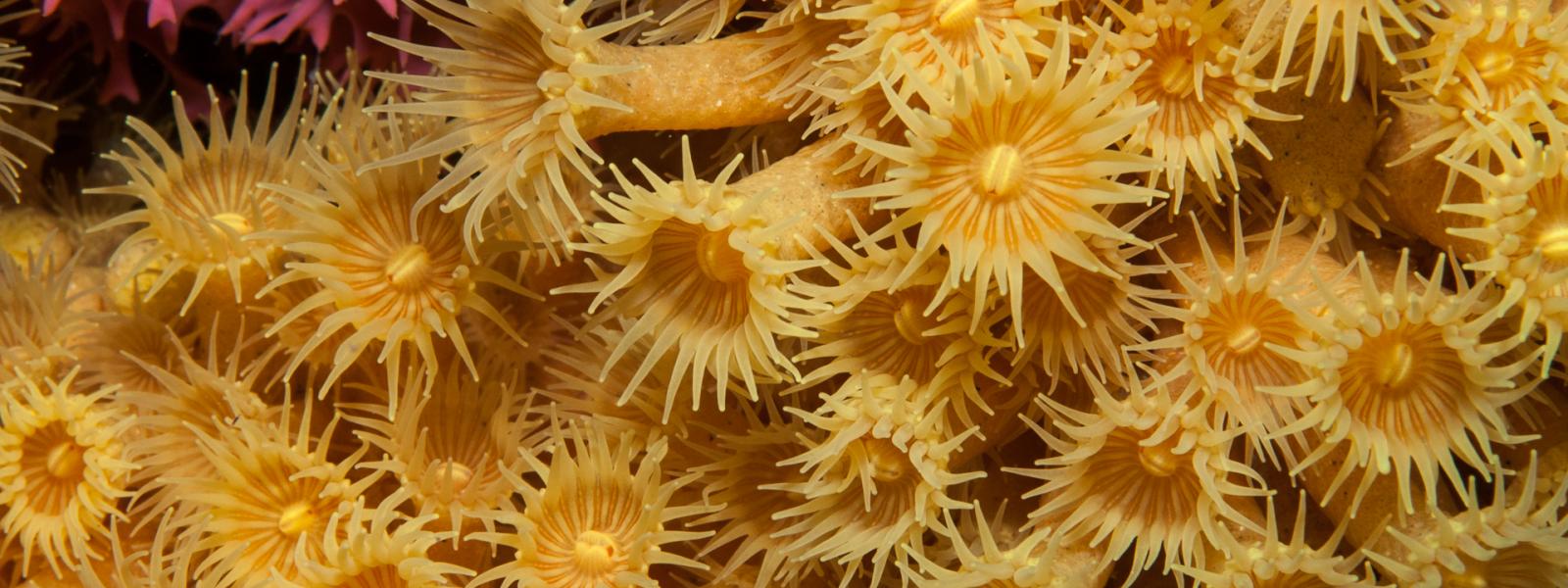There’s a garden down there: spectacular gardens hidden under The Heads

Situated at The Heads in Port Phillip Bay sits a canyon which marks the historical course of the Yarra Valley. It is home to a unique and colourful garden of sponges, surrounded by encrusting algae, branching soft corals, stalked ascidians and carpets of colourful anemone, providing spectacular scenery and a popular dive site. Our precious sponge gardens rival the Great Barrier Reef in beauty and deserve our care and attention.
The sponge gardens derives its name from the diverse and technicolour sponges which are predominantly found only in this small patch underwater.
A unique environment at The Heads has created a structure and environment for a breadth of species, many of which, as yet, have not been identified anywhere else. Of significance is the extent of diversity when considering that the sponge gardens community is limited to only 120 hectares.
Key facts:
- There have been over 271 species of sponges collected from Port Phillip Heads - a substantial proportion of the 523 known species from Victoria and the 1,416 known species from across Australia.
- Importantly, 115 of the sponge species collected at Port Phillip Heads are presently considered unique to the area.
The sponge gardens contain a wide diversity of marine life. The animals that make up the sponge gardens strategically live along the main flow of current that passes through the Rip, to feed on the plankton that circulates in the passing water.
Sponges are integral to the marine food web and any reduction in their presence can affect other dependent communities.
Comprising of such a small area, the micro-community of the sponge gardens needs to be closely managed so it is preserved for the future.
The sponge gardens are situated directly below a major shipping channel and are vulnerable as they are fragile. A significant shipping accident, or rock falls caused by shipping movement, can damage and fragment this finely balanced and precious natural asset.
With protection and good management we can maintain the wealth of beautiful and important species in our sponge gardens for future generations to cherish.